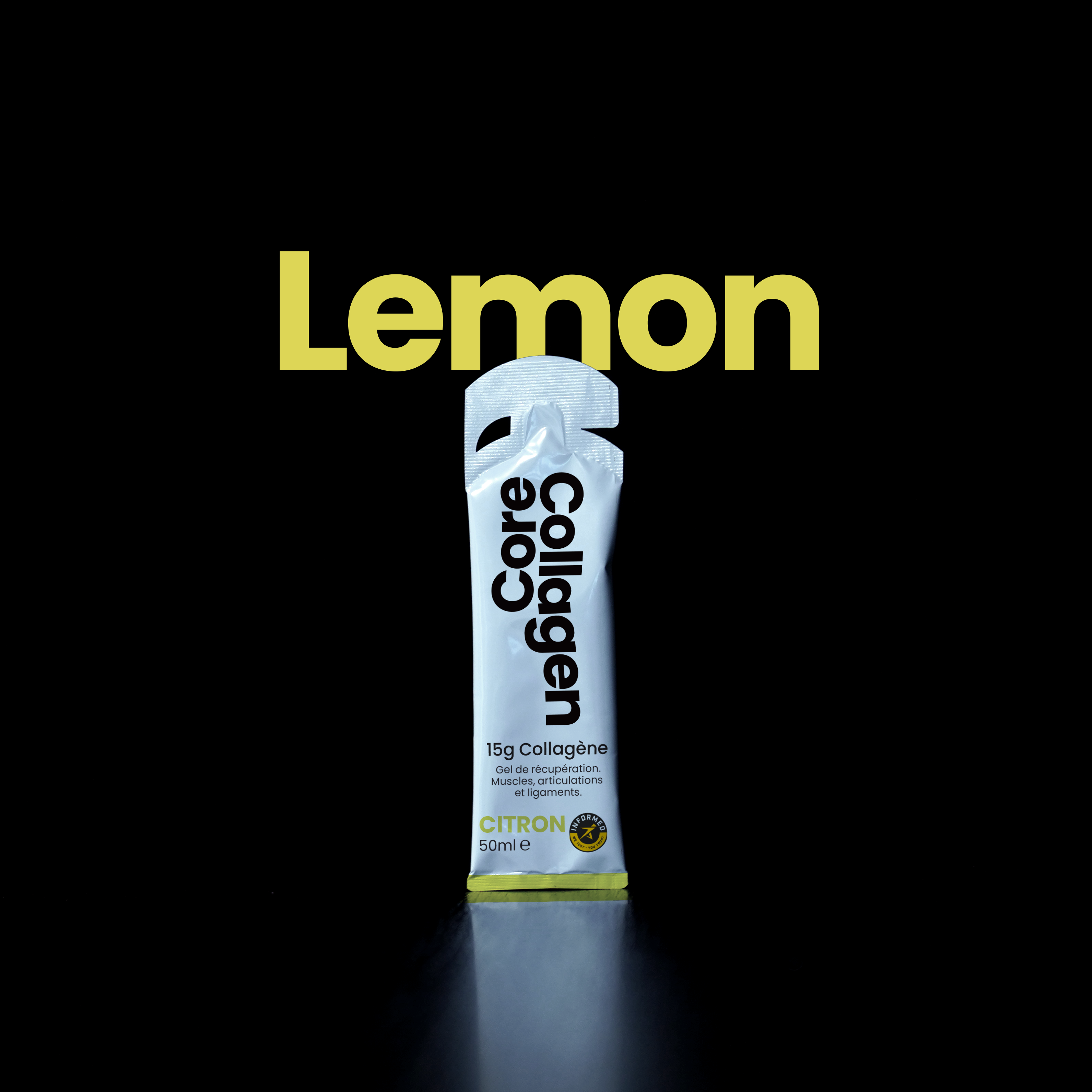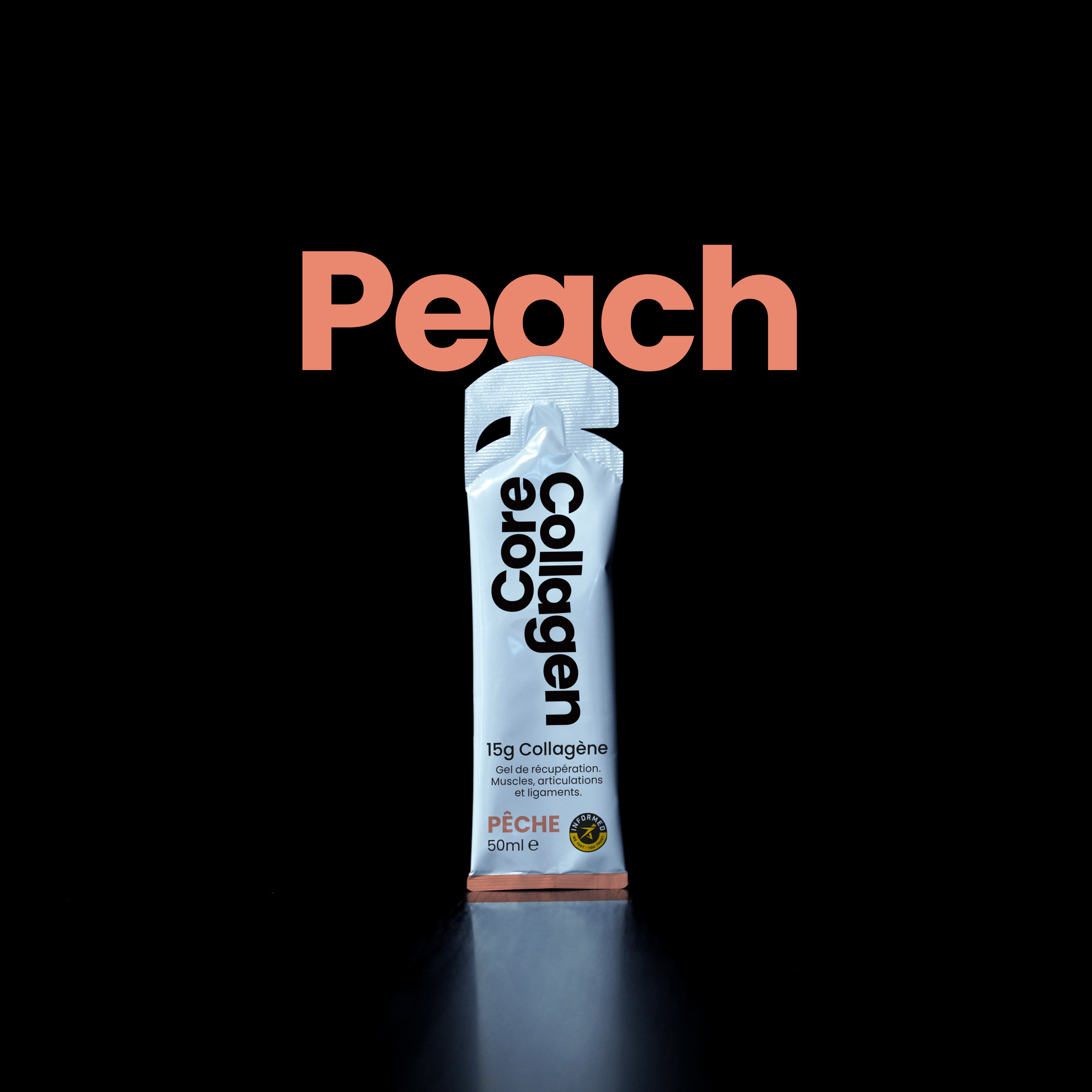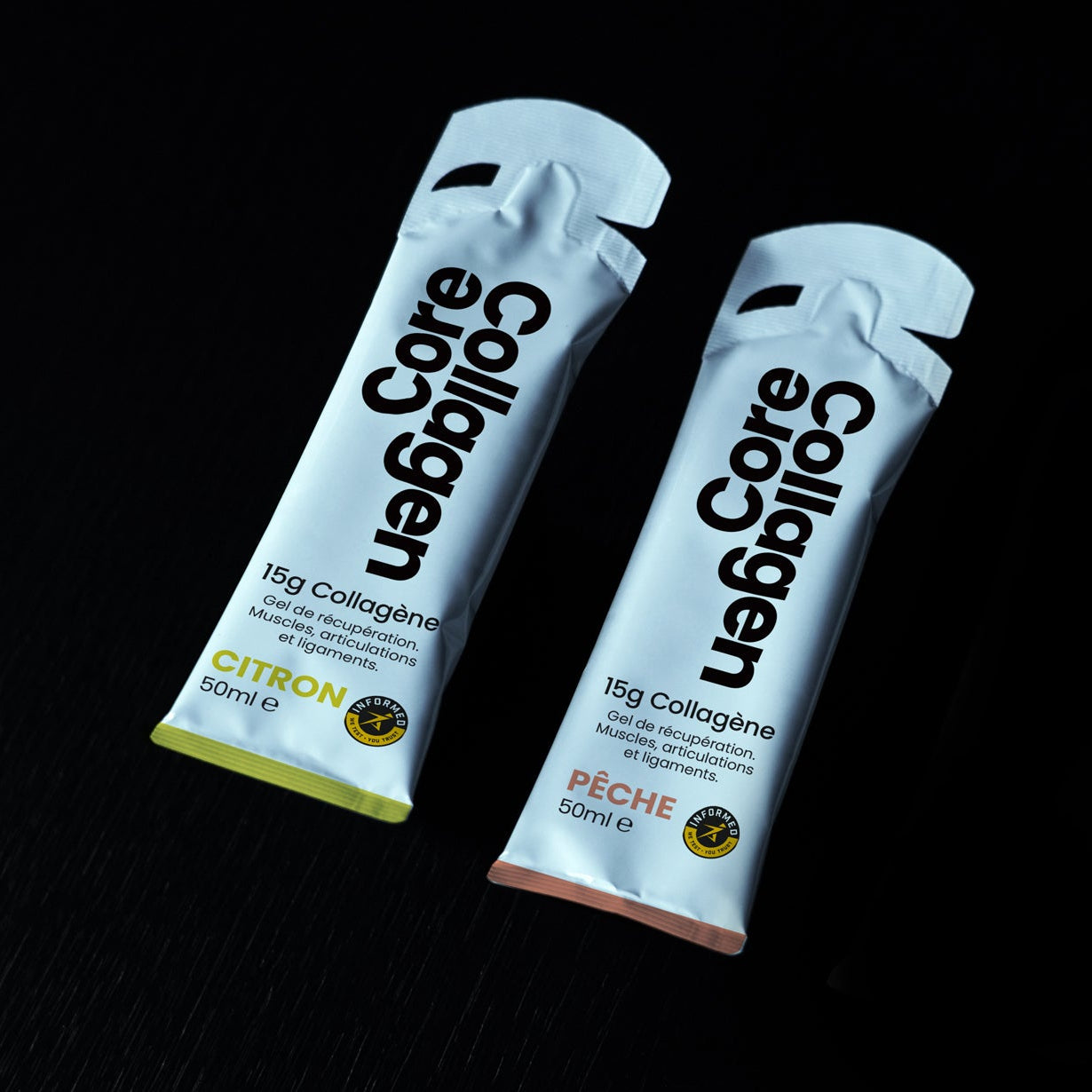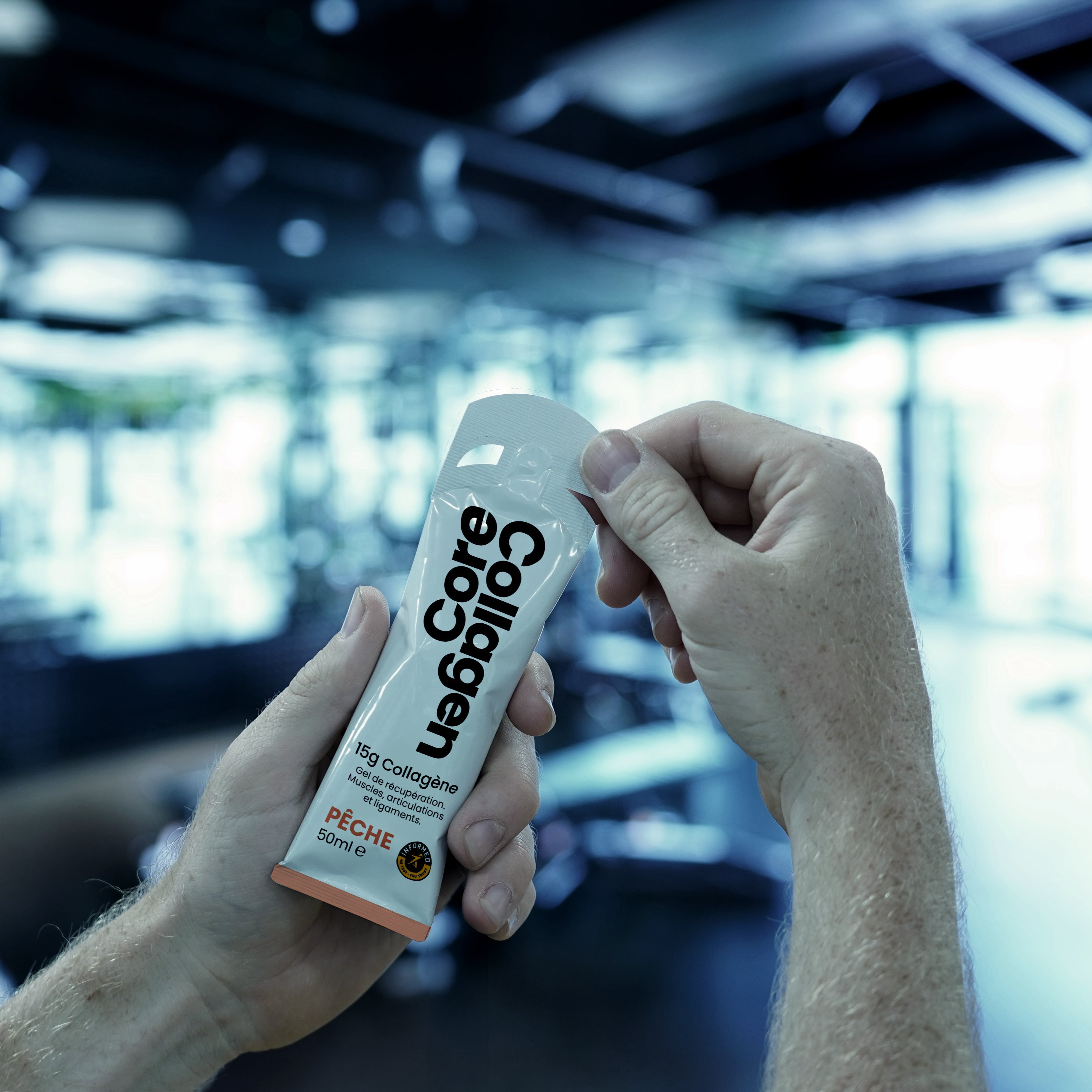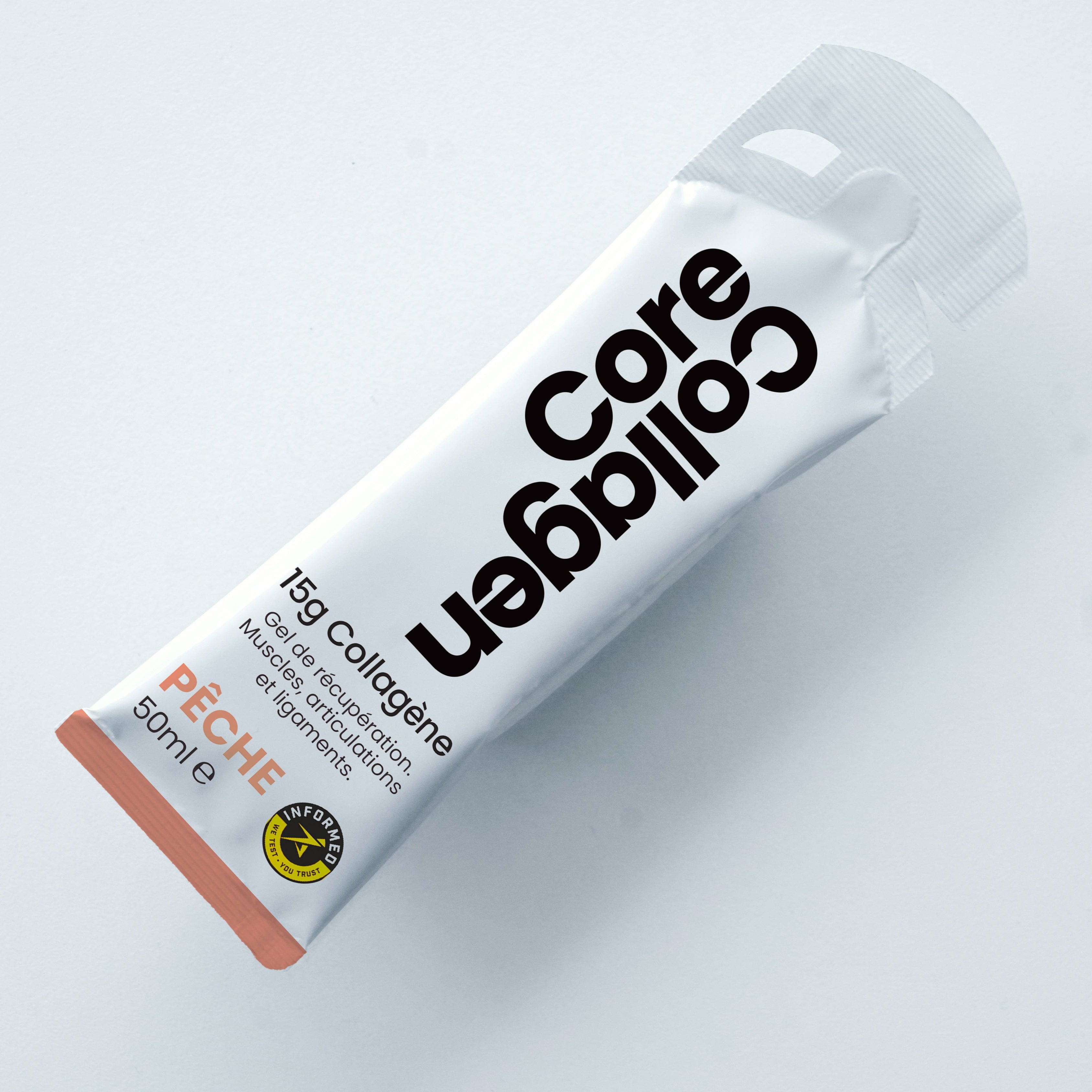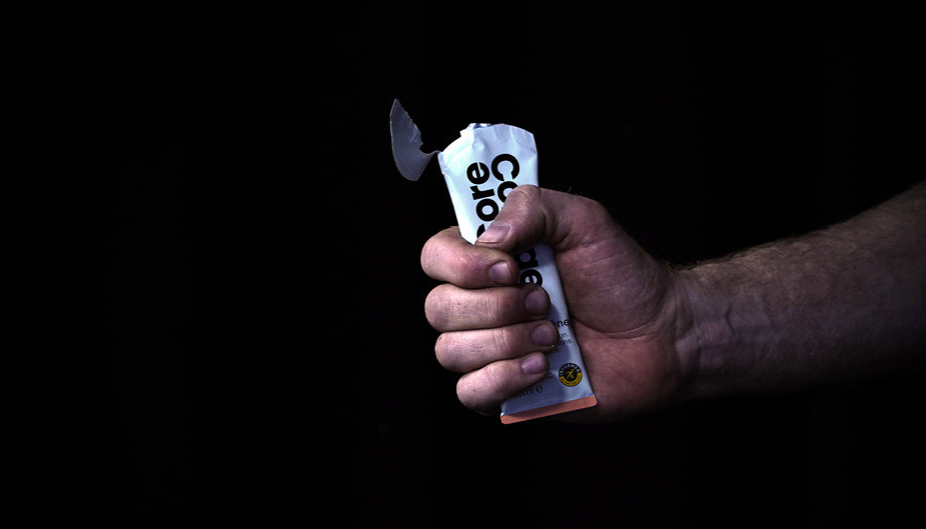Why Collagen Declines After 30—and How Athletes Can Fight Back
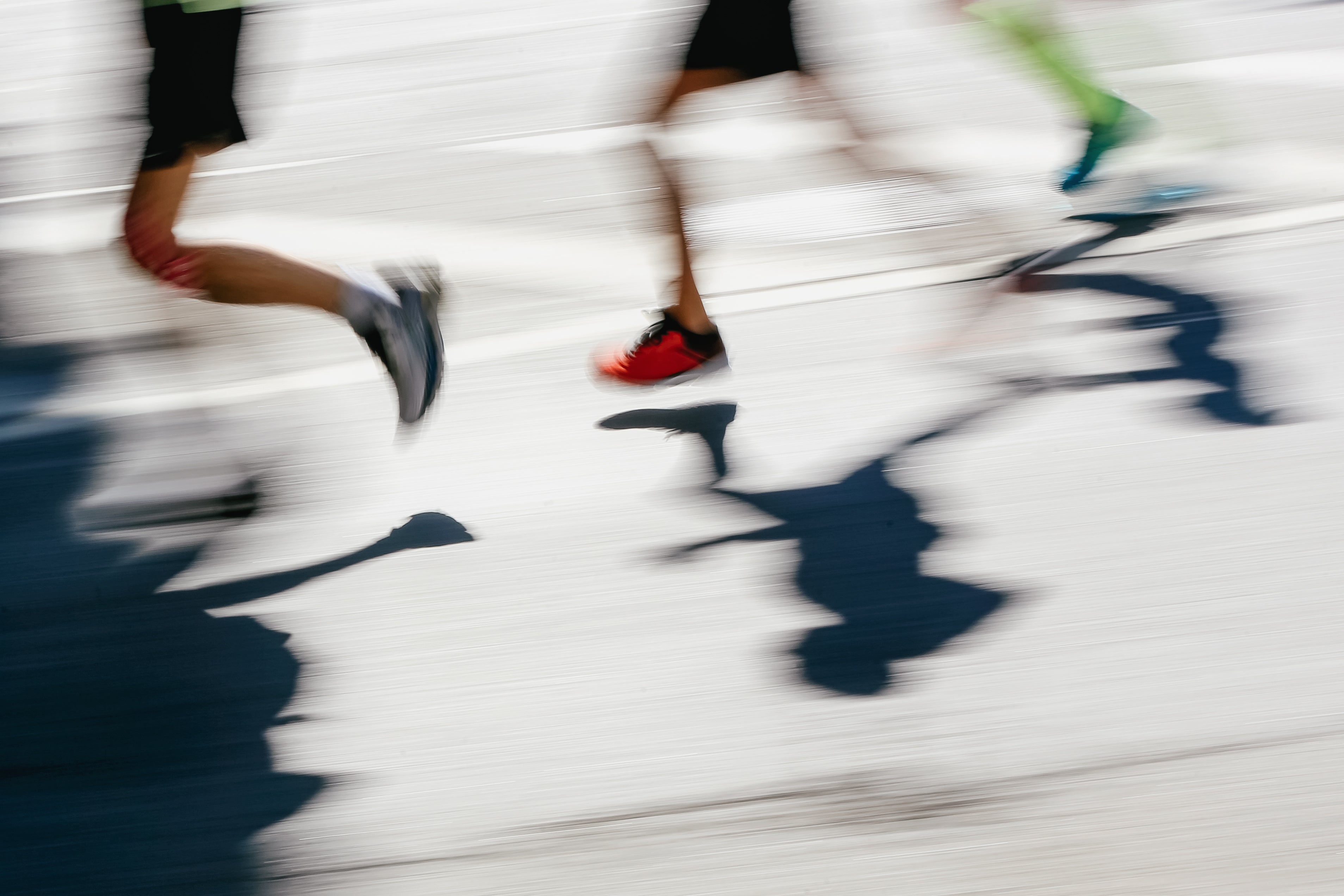
Collagen doesn’t often get the spotlight in sports nutrition, yet it quietly shapes how the body feels and performs. It’s the most abundant protein in the human body, making up nearly a third of total protein stores. Found in skin, bones, muscles, tendons, and ligaments, it acts as the structural “glue” that keeps the body moving fluidly and recovering efficiently.
But collagen doesn’t remain constant throughout life. Beginning in the mid-20s, the body’s natural production of collagen steadily declines—by about one to one-and-a-half percent each year. By the time many athletes reach their forties, they may have already lost around a quarter of their collagen stores. This depletion is more than a cosmetic concern. It directly impacts performance, recovery, and resilience.
The hidden impact of collagen loss
Athletes in their thirties, forties, and fifties often notice subtle changes: joints that feel stiffer after a session, muscle soreness that lingers longer than expected, or tendons that seem more vulnerable to strain. These are not simply signs of “getting older.” They are the effects of a weakening collagen network.
Collagen plays a key role in tendon elasticity, ligament strength, and the smooth functioning of joints. When production slows, tissues lose their flexibility and ability to absorb load. For athletes, this can mean slower recovery, recurring niggles, and a higher risk of injury. Training loads that once felt manageable begin to take a heavier toll on the body.
What research reveals
In recent years, scientific studies have begun to connect collagen supplementation with improvements in athletic recovery and connective tissue health.
A review published in Nutrition Reviews (Holwerda & van Loon, 2022) reported that collagen ingestion supports connective tissue remodeling, reducing recovery times and easing post-exercise discomfort. Other research has shown that when collagen is taken alongside vitamin C before exercise, the body is more effective at directing it into tendons and ligaments, stimulating their repair and resilience.
These findings are especially relevant for athletes in the 35–55 age group. At the very time collagen production is naturally falling, training demands and the desire to remain competitive are still high. Supplementation offers a way to close that gap.
How to fight back against collagen decline
There are three key elements for athletes looking to protect their joints and connective tissues.
- The form of collagen matters. Hydrolyzed collagen peptides are broken down into smaller chains, making them easier for the body to absorb and use. Among the different types of collagen, Type I and Type III are particularly important for joint, tendon, and ligament health.
- Collagen should also be paired with vitamin C. This nutrient acts as a critical co-factor in collagen synthesis, ensuring that the peptides consumed can be converted into functional collagen in the body.
- Finally, timing makes a difference. Taking collagen 30–60 minutes before light training or rehabilitation work appears to direct it more effectively to connective tissues. Over time, consistency is the real key: benefits accumulate gradually, not overnight.
Why gels are changing the game
For years, collagen was primarily available as powders or part of protein blends. While effective, these formats were often inconvenient, messy, or inconsistent in dosage. Many athletes also found them heavy on the stomach.
Ready-to-use gels are shifting that experience. A pre-measured sachet with 15 grams of hydrolyzed collagen and 40 milligrams of vitamin C delivers a targeted dose with no mixing, no extra calories, and no aftertaste. It’s portable, easy to take on the go, and removes the guesswork. For athletes balancing training, work, and family life, that level of convenience makes consistency achievable.

Investing in long-term performance
The decline of collagen with age is natural, but it doesn’t have to dictate how athletes feel or perform. By maintaining collagen levels, it’s possible to support stronger joints, faster recovery, and greater resilience against injury well into middle age.
Athletes in their thirties, forties, and fifties aren’t slowing down—they’re simply learning to train smarter. Collagen supplementation offers a way to protect the body’s foundation, so performance doesn’t have to be compromised by stiffness, soreness, or fragile connective tissues.
Collagen may not be visible, but its effects are felt in every stride, lift, or stroke. Fighting back against its decline is one of the smartest steps an athlete can take to keep moving with strength and confidence for years to come.
👉 Core Collagen Gel is designed exactly for this purpose: a convenient, ready-mixed gel that combines 15 grams of collagen with vitamin C for maximum absorption—fueling recovery, resilience, and performance from the inside out.
Summary
- Collagen declines by 1–1.5% per year after age 25
- By age 40, athletes may lose 25% of natural collagen stores
- Low collagen leads to joint stiffness, slower recovery, and injury risk
- Hydrolyzed collagen peptides are best for absorption
- Type I and Type III collagen support tendons, ligaments, and muscles
- Vitamin C is essential for collagen synthesis and uptake
- Timing matters: take collagen 30–60 minutes before light training
- Collagen gels are more convenient than powders or shakes
- Daily collagen helps athletes over 30 maintain strength and recovery
- Core Collagen Gel provides 15g collagen + 40mg vitamin C per sachet

